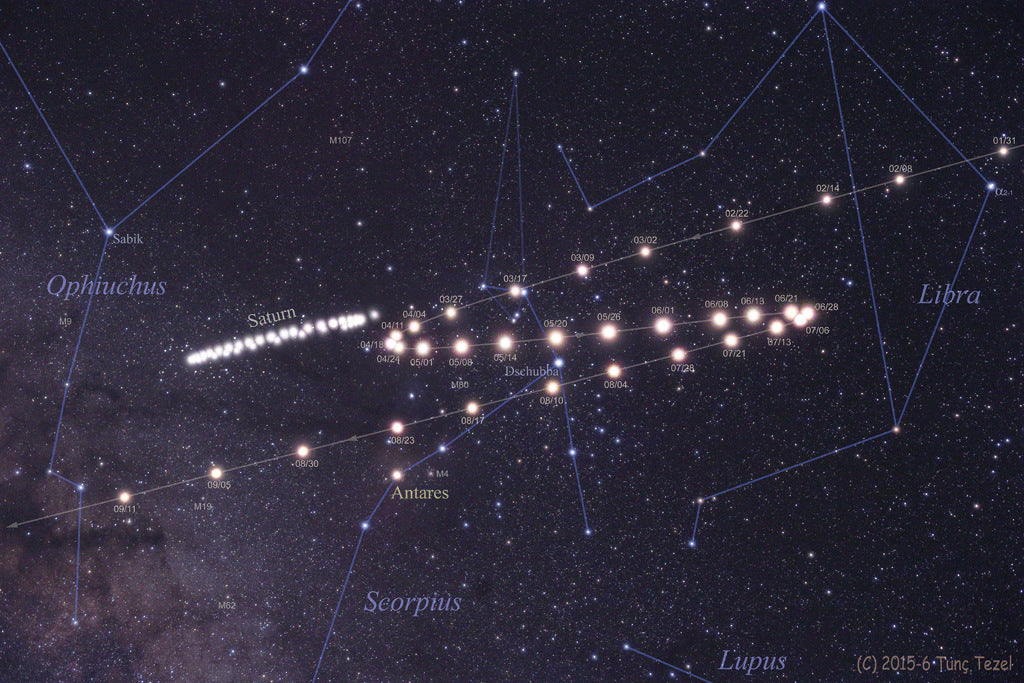
Mercury is in Gatorade! Or is it Tardigrade??

It's October and you know what that means, it's Libra season! There's just one problem: no one born in October “IS” a Libra. In fact, everyone born from about September 17 all the way until November 1st falls under the sign of Virgo. Say whaaaaa!? Says who? So says the sky.
In short, during the history of Western Astrology there were two major changes to the zodiac and how it was structured.
In astronomy the zodiac is just the movement of the Sun among the background constellations along the ecliptic throughout the year and the borders of those constellations are set by the International Astronomical Union, but informed by tradition.
In popular Astrology however, that same zodiac was artificially affixed to the seasons or rather, the solstices and equinoxes. That's why you always see Aries first in any list of the signs of the zodiac. They start the year on the Spring Equinox. The constellations were also arbitrarily affixed to 30 degrees segments along the ecliptic and 30 day increments in the calendar when in the actual sky they occupy wildly different portions of the ecliptic and calendar. For instance, in our first example, Virgo hosts the Sun for about 6 weeks while it zooms through the corner of Scorpio in only 6 days.
Add to this the fact that ancient Babylonians were not aware of the precession of the equinox (the 26,000-year cycle of the Earth’s wobble changing our position to the zodiac and the north star Polaris) when creating what became Western Astrology and the result is a mess. Only about 3 out of every 10 people’s Sun sign matches the actual night sky.
And what about the planets and the Moon which are supposed to affect us so much? The same is true. Take an astrology app and an astronomy app side by side and compare the planet and Moon positions along the ecliptic for the same date. Wild inconsistencies!
Let’s take my birthday for an example. I was born on October 11th placing me smack dab in the middle of Libra according to Astrological charts, but as we’ve already examined, the Sun is in Virgo. Let’s check out the planets on that date and see what they foretell:

Astronomy Says:
Sun in Virgo / Moon in Libra / Venus in Leo / Mars in Scorpio / Jupiter in Virgo / Saturn in Virgo / Uranus in Libra / Neptune in Ophiuchus / Pluto in Virgo
But Astrology Says:
Sun in Libra / Moon in Scorpio / Venus in Virgo / Mars in Scorpio / Jupiter in Virgo / Saturn in Libra / Uranus in Scorpio / Neptune in Sagittarius / Pluto in Libra
As we can readily see, only 2 out of 10 solar system bodies match and Neptune was in Ophiuchus (!) which was never recognized by Western Astrology - presumably because they wanted 12 signs for the 12 months of the year. Well, at least astrology recognizes Pluto!
So, what’s the big deal? Why can’t we let people like things? Well, it wouldn't be a big a deal if our society wasn’t totally rife with anti-science paranoia, but I think it’s best that astronomers and science communicators not try to convince people that astrology is bupkiss. Rather, we should exploit these discrepancies as teachable moments either during outreach events, in casual conversation, or when engaging folks online to show the public that the night sky is actually understandable. Show that they don’t need professional mystics to tell them what the solar system is doing and what it means for their lives.
The only reason astrology made sense to our ancestors was the belief that the planets were gods. But people today rarely make that connection even though their names haven't changed. Today’s humans see the planets as bodies. We’ve seen their close up portraits from the likes of Voyager, Hubble, Cassini, New Horizons, and other intrepid explorers. We've entered into their gravitation pulls. We've analyzed their chemistry and sampled their geography. We've stood on the Moon with our boots and played golf!
Astronomy has changed the planets, Sun, and Moon from mysterious wanders and capricious gods into neighbors. Worlds. Destinations. Places for our imaginations, our technology, and our explorations.
And what happens when we get there? I'll leave you with a final thought experiment: If all the planets hold astrological properties for people born on Earth, what happens when the first person is born on Mars or the Moon? Does that world suddenly lose its astrological properties? Just for that one person? Does Earth suddenly gain astrological properties? For that first Martian or Moonite?
Time will tell.
Featured image and top image credit: NASA
October 11 ecliptic screenshot: Stellarium
